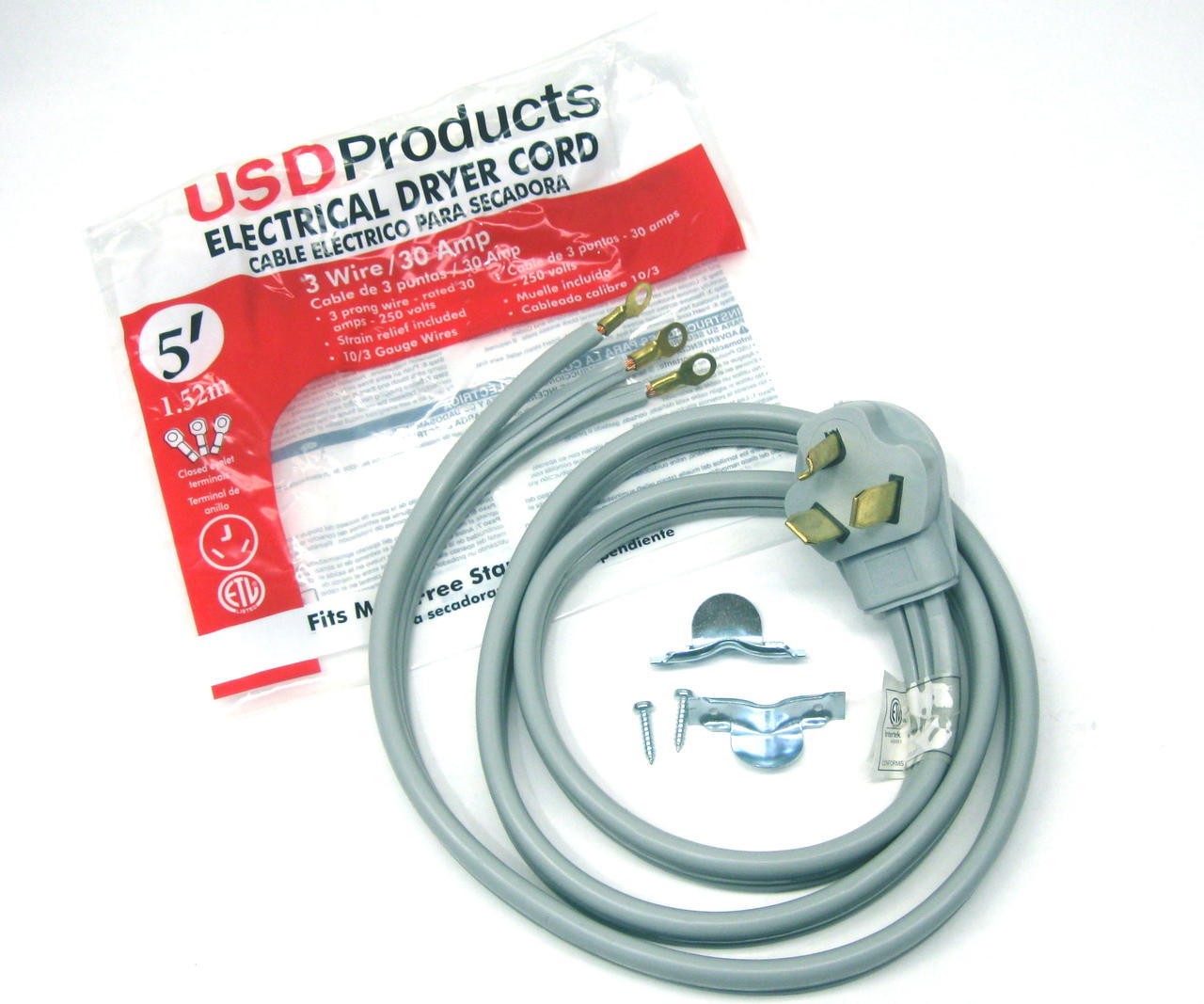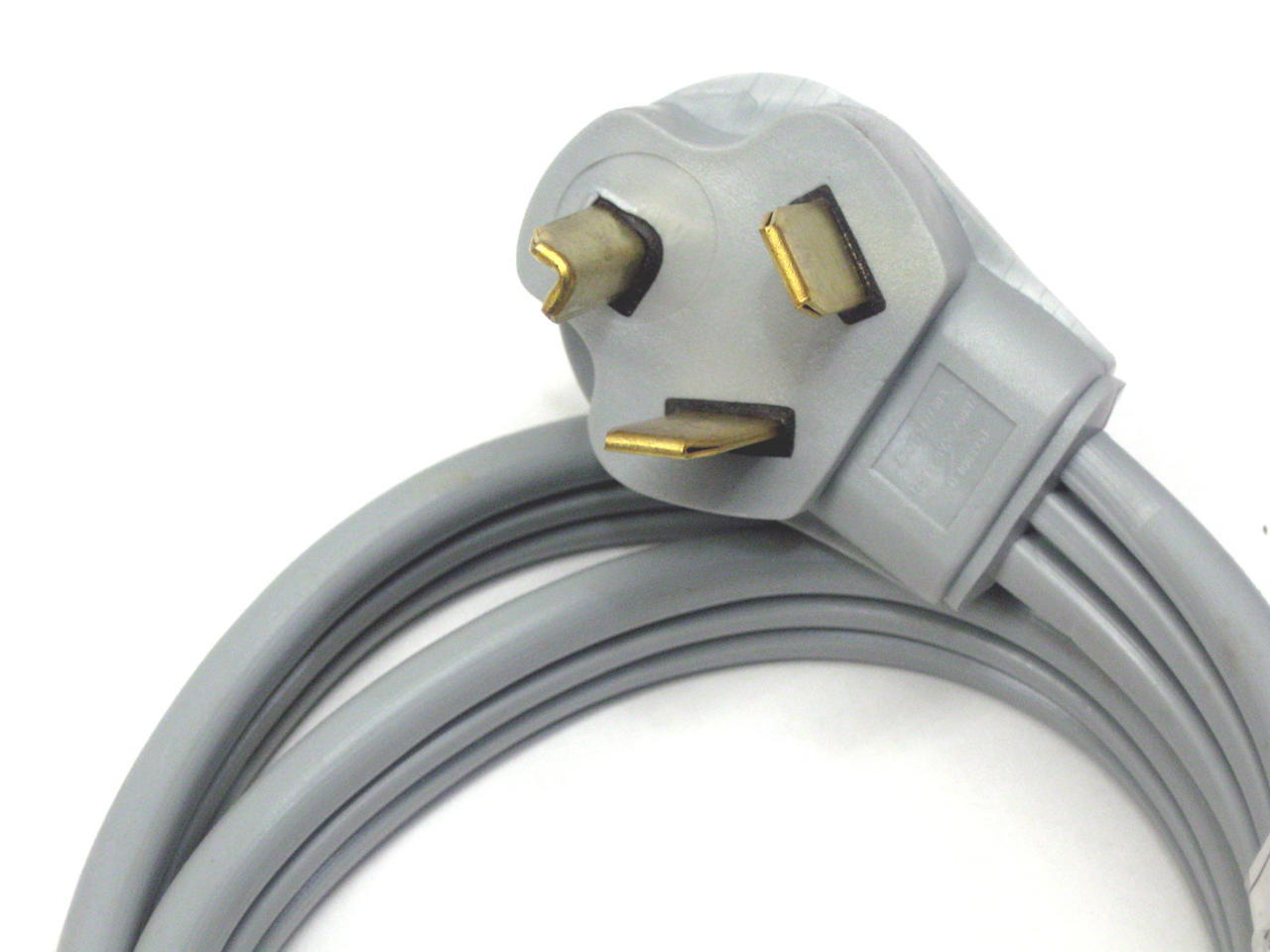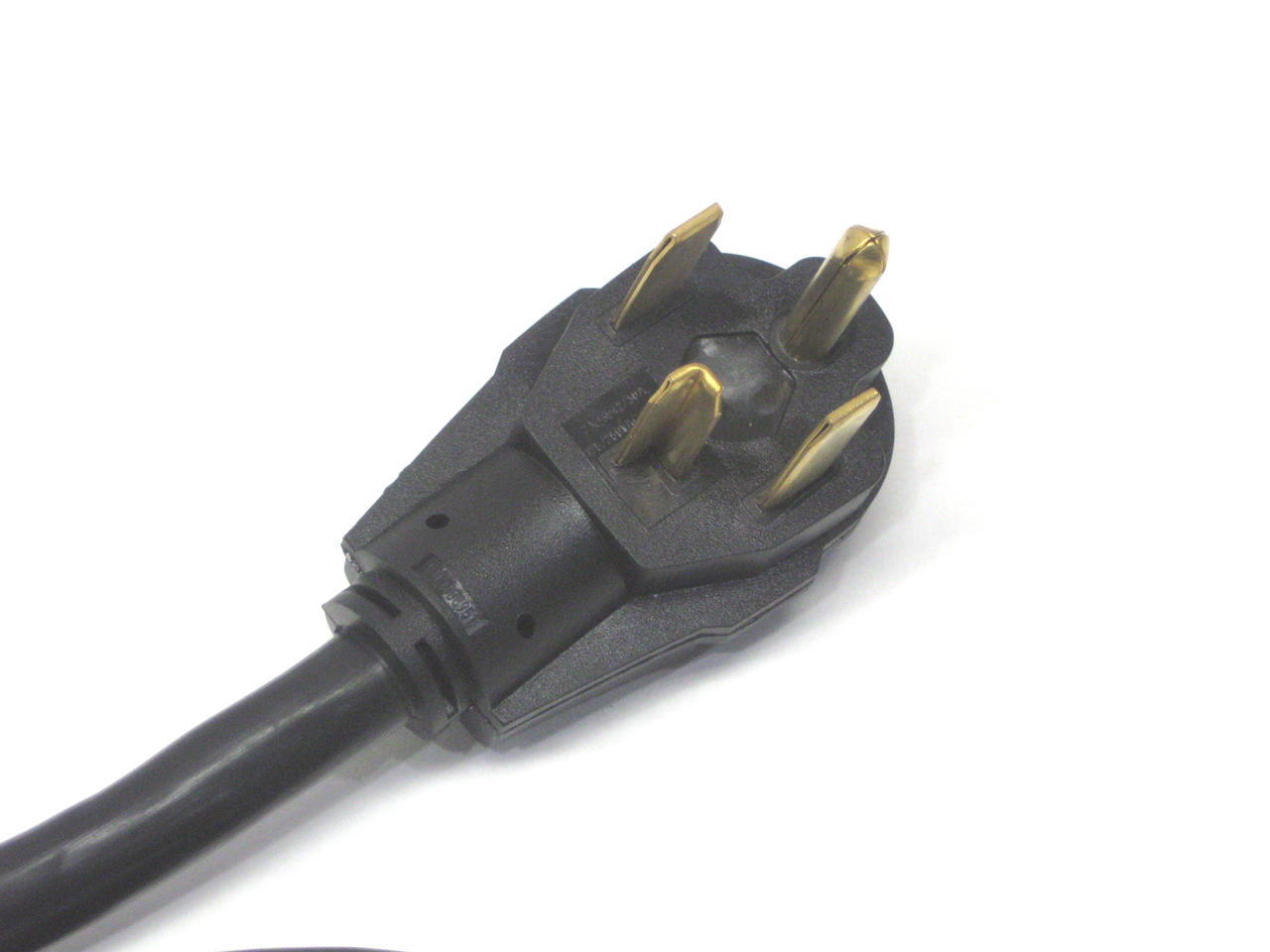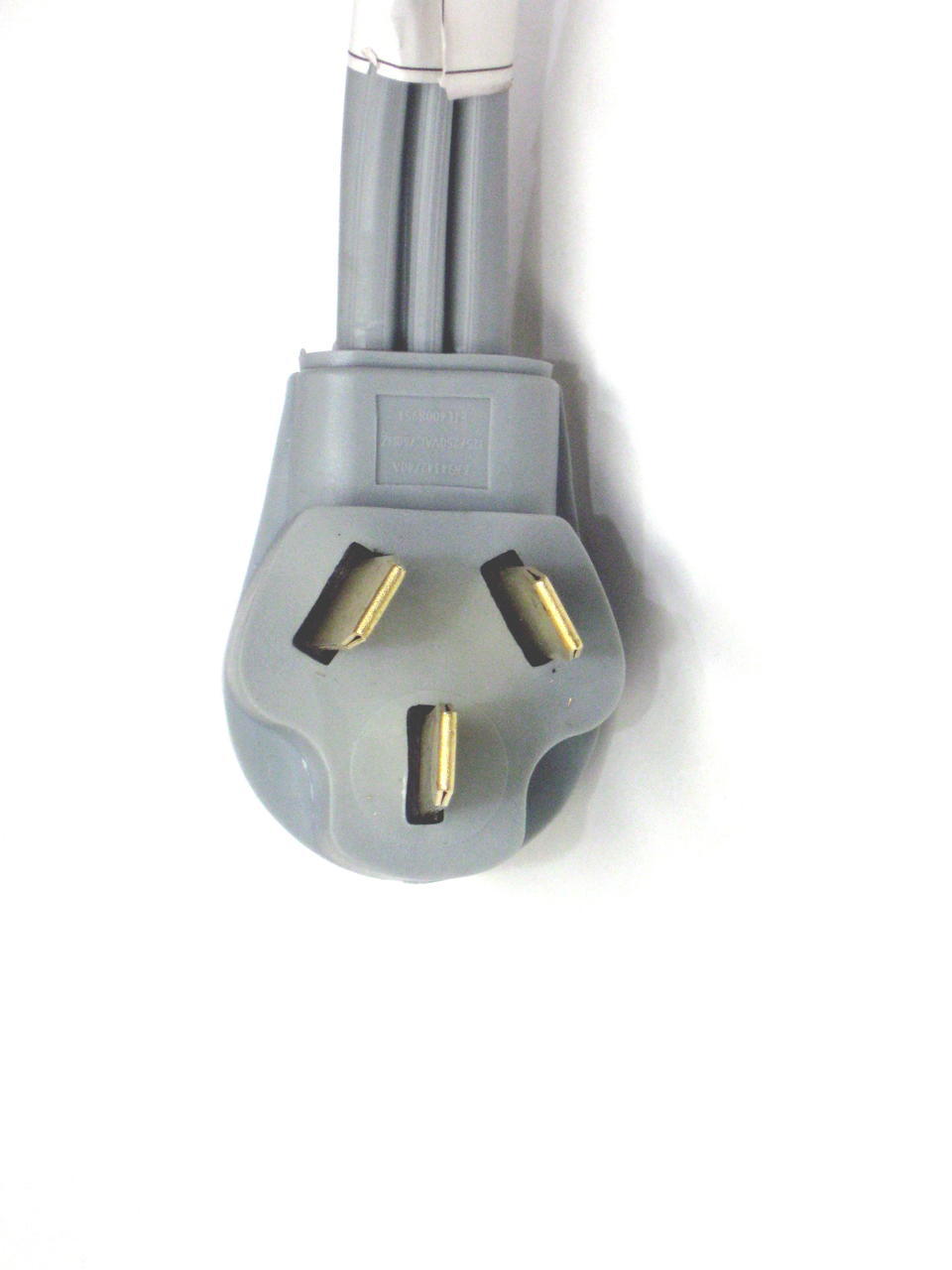Range vs. Dryer Cord: There's A Difference
Posted by By Eric G. Stark on 13th Apr 2018

The other day a customer
came in the store and said he was working on repairs for his Kenmore range.
He didn’t have any part
number for the items he needed, but he did have a photo and it showed the model
number. (
See related story on tips for ordering parts) I was able to use the model
number to find the part numbers he wanted, like this
surface element.
The customer said he needed a new cord and showed me the cord that was on the back of the range. Luckily, Carlos, a veteran of more than 30 years in the appliance repair business, walked by and heard our conversation.
Right away, Carlos noticed a problem.
The man was holding a dryer cord. Problem?
The cord was supposed to plug into a range/stove, not a dryer.
Seems this range was hooked up electriconically to a dryer cord for years and the customer never new it.
What’s the difference and why does it matter?

Range vs. Dryer Cord
Though both use a 220/240-volt circuit, a range/stove and a dryer cord are very different from each other and should never be interchanged.
McCombs Supply sells range/stove and dryer cords.
It is true that both cords are designed to handle a greater electrical charge compared to other smaller appliance in your home, but the connecting plugs and receptacles for the two appliances not only look different but are designed to handle different amounts of current, measured in Amps.
Here is a way to think about it. Think of voltage as the equivalent of water pressure or the force in which current is pushed through the wires.
Amps, or Amperage, if you want to call it by its full name, is a measure of the amount of electricity flowing through the wires.
An electric dryer requires less amperage than an electric range. Electric range cords are rated at 50 Amps and dryer cords are rated at 30 Amps.
So using a dryer cord for an electric range/stove is not a good thing. It could lead to a fire.
Safety First
The newer 4-wire configuration is safer because the neutral and ground wires are separate rather than together. This configuration helps prevent electrical shock, because the neutral and ground wires are separate instead of together.
Want a reason why a 4-wire range cord is safer than a 3-wire? Take for instance items around your home like timers, fans and other digital displays. They operate at only 110/120 volts and require less Amps than heating elements.
For extra safety provided by the 4-wire setup, you will need to change the receptacle rather than the range cord. The advantage of doing this is that the range will fit the receptable without having to be rewired. You may need to call in an electrician ( see related story on finding a handyman).
If you are replacing a range more than 5 years old it probably has a 3-wire cord that connects with a 3-wire receptacle while the new range will have a 4-wire setup.
The National Electrical Code requires the use of a 4-wire setup. This code was updated in 1999.
The new code applies only to new construction and it’s pretty easy to change the cord on the new range from a 4-wire to a 3-wire, and McCombs sells cords for both 4-wire and 3-wire.
It’s important, however, to know the difference between a cord for an electric range and one for an electric dryer.

Know The Difference
It’s very easy to tell the difference between a 3-wire range plug and a 3-wire dryer plug. Both have three prongs.
The two flat prongs closest to the cord are “hot,” each feeding 110/120 volts to total 220/240 volts to the range or the dryer.
The third prong (the one furthest from the wire) serves as both the “neutral” and the ground wire.
The third prong on a range plug is flat like the other two. On a dryer plug, however, the third plug is bent in the middle at a right angle.
Think of it like this: The “L” goes in the laundry room.

Most homeowners have run into a problem with trying to hook a 3-prong dryer cord up to a 4-prong outlet, or vice-versa.
Unfortunately, few people understand the difference between 3-prong and 4-prong dryer cords.
Nearly all homes built before the mid 1990s featured either a 3-prong outlet or range outlet.
Though existing homes may still use 3-prong outlets, in 1996 when the National Electrical Code (NEC) was updated to require 4-prong dryer outlets in all new homes.
The more recent 4-prong dryer cords feature two hot wires, a neutral wire and a ground wire. This eliminates the possibility for a ground current traveling to the machine, as it features a separate return path for unused power.
Want a good 4-prong cord?
The DC4-30-5 Clothes Dryer Power Cord is 4-prong wire, 30 Amp, 5-foot and 10/4 gauge heavy duty wire. It sells for $8.55.
